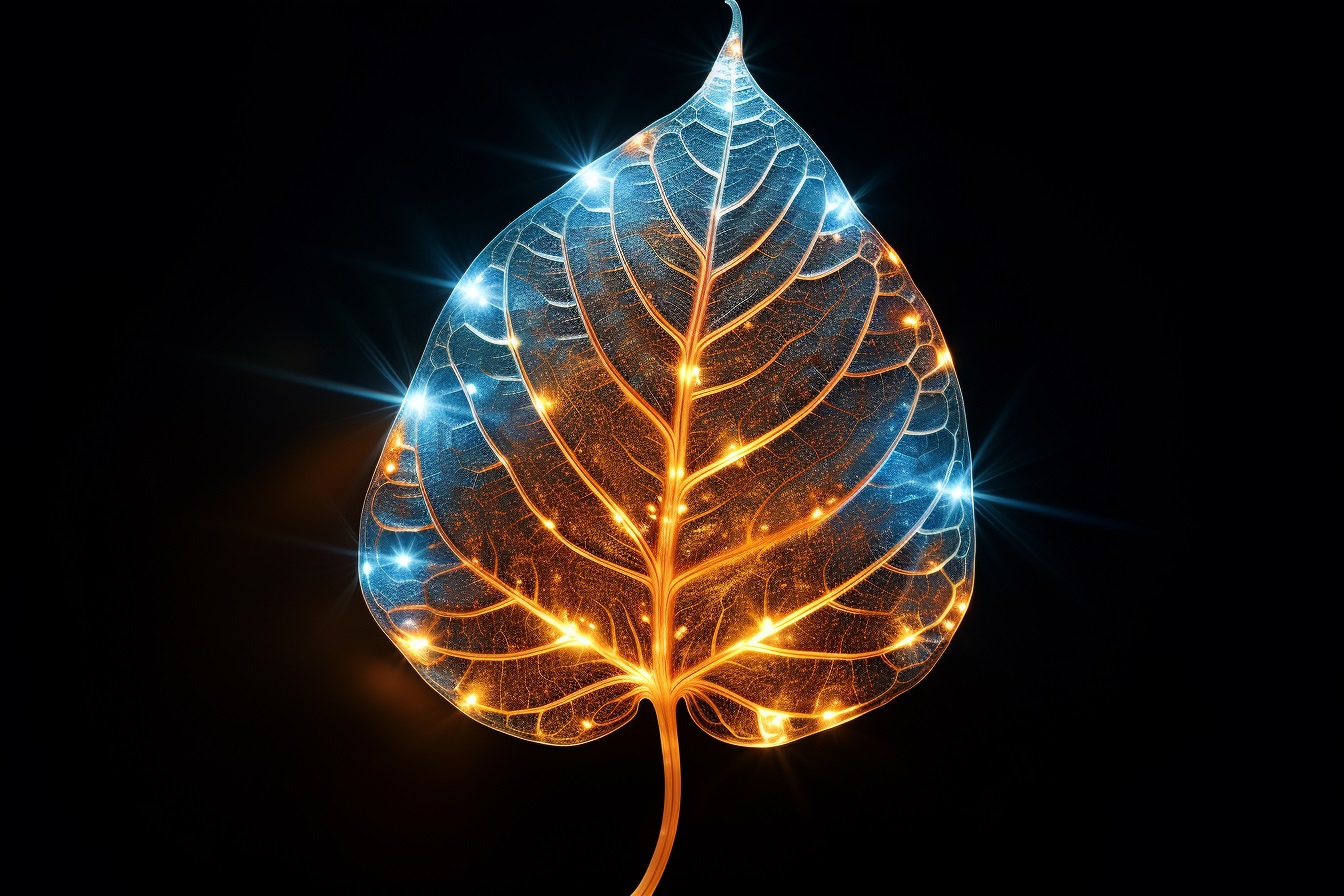Photosynthesis and the Bose-Einstein condensate: an unexpected connection between life and matter
The fifth element is hidden in the leaves.
Scientists at the University of Chicago have made an unexpected connection between the process of photosynthesis and the so-called Bose-Einstein condensate, an exotic state of matter in which energy is transferred without friction. This discovery may be important for the development of new electronic devices. About it reported in PRX Energy magazine.
Photosynthesis is the process by which plants absorb sunlight and convert it into organic matter. When a photon from the sun hits a leaf, it causes a change in a special molecule. The energy releases an electron that can travel across the leaf, carrying the sun’s energy to another area where it starts a chemical reaction to synthesize sugars for the plant.
The electron and the “hole” that remains in its place form a pair called an “exciton”. When the scientists simulated how many excitons move through the sheet, they noticed an unusual phenomenon. They saw patterns in the trajectories of excitons that were very similar to the behavior of a material known as a Bose-Einstein condensate. This is sometimes called the “fifth state of matter”. In this material, excitons can be synchronized in the same quantum state — as if a set of bells were ringing in perfect unison. This allows energy to move through the material without friction. (Such strange phenomena are attractive to scientists because they can be the seeds for amazing technologies—for example, a similar state called superconductivity underlies MRI machines.)
According to the authors of the study, excitons in a sheet can sometimes bind in the same way as in a Bose-Einstein condensate.
It was a huge surprise. Bose-Einstein condensates are usually observed only at very low temperatures close to absolute zero. It would be like seeing ice cubes form in a hot cup of coffee.
“Photosynthetic absorption of light occurs in a system that is at room temperature and has a disordered structure — very different from the ideal crystalline materials and cold temperatures that are used to create Bose-Einstein condensates,” explained Anna Schouten, one of the co-authors of the paper.
This effect is not complete – it is rather “islands” of condensates, the scientists said. “But this is enough to enhance the energy transfer in the system,” added LeAnn Sager-Smith, another co-author of the paper. According to their calculations, this can double the efficiency.
The study opens up new possibilities for creating synthetic materials for future technologies, said Professor David Madziotti, third co-author of the paper. “An ideal Bose-Einstein condensate is sensitive and requires a lot of special conditions, but for real applications it is interesting to see something that improves efficiency and can happen under normal conditions.”
Madziotti also noted that the discovery fits into a broader approach that his team has been studying for a decade.
The interactions between atoms and molecules in processes like photosynthesis are incredibly complex – even for a supercomputer – so scientists are usually forced to simplify their models in order to understand them. But Madziotti thinks some parts should be left out: “We think that local correlation of electrons is necessary in order to show how nature really works.”
Источник: “Exciton-Condensate-Like Amplification of Energy Transport in Light Harvesting” by Anna O. Schouten, LeeAnn M. Sager-Smith and David A. Mazziotti, 28 April 2023, PRX Energy. DOI: 10.1103/PRXEnergy.2.023002
2023-07-11 06:36:06
#unexpected #connection #life #matter

